Novels have the ability to transport us to different places and times — an especially good thing right about now, when social distancing is the new norm and we are all being urged to just stay home. What to do while you are staying home? Read, of course. But what to read?
- The Tale of Genji by Murasaki Shikibu
- Middlemarch by George Eliot
- A Suitable Boy by Vikram Seth
- A Little Life by Hanya Yanagihara
- The Goldfinch by Donna Tartt
- Ducks, Newburyport by Lucy Ellman
- Kristin Lavransdatter trilogy by Sigrid Undset
- The Broken Earth trilogy by N. K. Jemisin
- 100 Years of Solitude by Gabriel Garcia-Marquez
- East of Eden by John Steinbeck
- We, The Drowned by Carsten Jensen
- Remembrance of Things Past by Marcel Proust
For the most bang for your buck, we suggest looking at some long reads. We’re not talking 100 or 200 pages, mind you. Think bigger. Think 500+. These massive books will not only entertain, but they’ll take a good long while to get through (which, if we’re rich in anything right now, it’s time).
Below, we’ve compiled our favorite big books, historic as well as contemporary, into a literary tasting menu. Check out our picks on Google
If you’re looking for a snack, here are our favorite short stories.
The Tale of Genji by Murasaki Shikibu
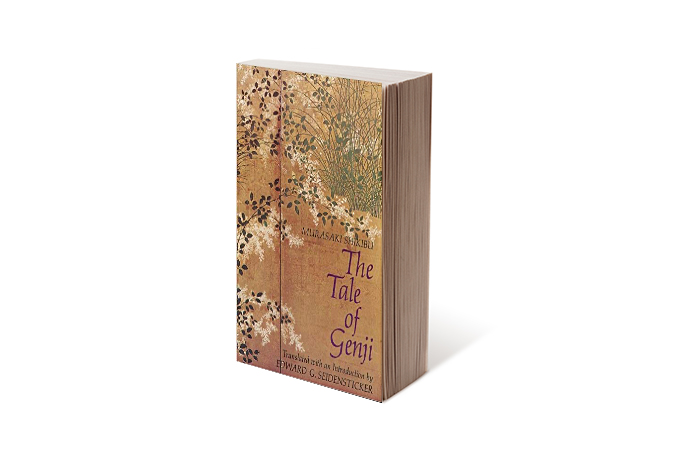
Where better than to start with history’s very first novel? The work is a depiction of the lifestyles of noblemen and women during Japan’s Heian period, focused on the son of an emperor and his changes of fortune. In some ways, it follows the tropes that we expect from ancient literature: Genji’s climb to power, his romantic exploits, and his success within Japan’s aristocracy. What’s surprising about it is the exploration into the psychology of the characters, something that hadn’t been seen in literature before this novel. It’s a tough read, due to the complexity of the ancient language; look for an annotated version that will help you navigate this seminal work.
Middlemarch by George Eliot
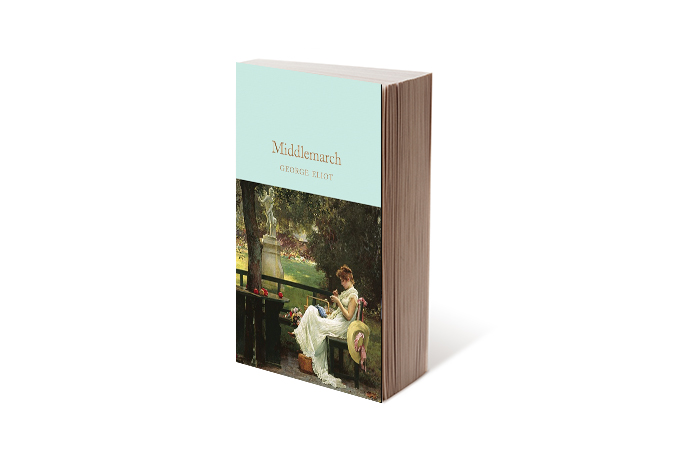
Pay no attention to the snore-worthy subtitle, “A Study of Provincial Life.” This massive novel, written by a contemporary of Jane Austen, is a labyrinthine network of intersecting storylines and a fascinating look into the societal domino effect of individual choices. Driven by the parallel lives of two protagonists, Dorothea Brooke and Tertius Lydgate, the novel explores the muddy gray area between social conscience and personal ambition. Meanwhile, the dense crowd of subsidiary characters provides lots of local color as well as comic relief. Despite the antiquated manners and customs that rule the characters’ lives, the story feels uncannily relevant to life today.
A Suitable Boy by Vikram Seth
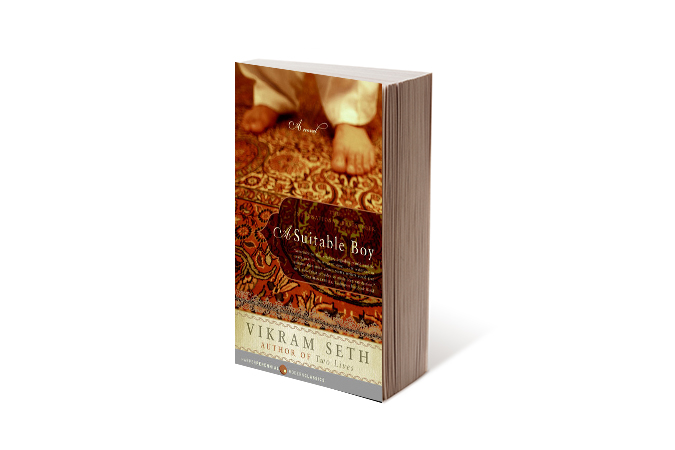
One of the longest books ever contained within a single volume, this 1997 novel was named on a host of “best of” lists during the 20th century’s final decade. Set in the early 1950s, just after India gained its independence, the story follows Lata, a young woman whose mother is hell-bent on finding her a husband. The strong-willed machinations of Lata and her family, as well as the families of her three suitors, offer a picture of a complex culture trying to simultaneously change for the better and stay grounded in its identity. Violence and social etiquette, prejudice and forgiveness, and satire and sincerity compete for dominance within the country at large as well as the lives of ordinary people.
A Little Life by Hanya Yanagihara
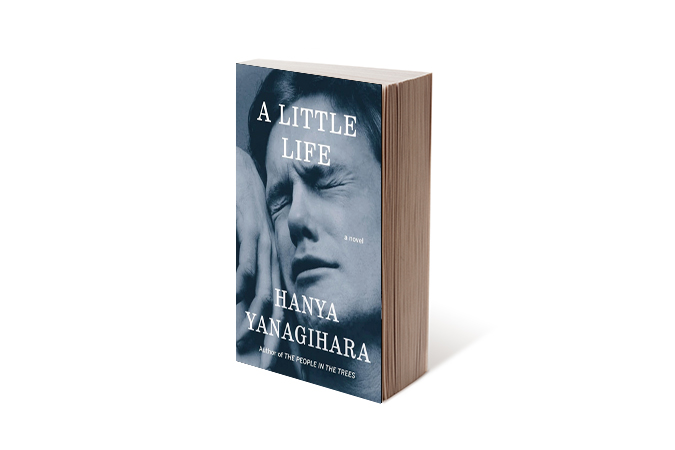
You might want to find a book club, or at least a friend, to read this one along with you. This profoundly moving novel is routinely reviewed as “tragic,” “challenging,” “upsetting,” and “without a doubt the saddest thing I’ve ever read in my life.” The story of four university friends trying to make the transition from academia to the real world, A Little Life reveals how the trauma within our pasts can both deepen and darken our closest relationships. It’ll leave you wrecked, but it will also make you want to be a better person.
The Goldfinch by Donna Tartt
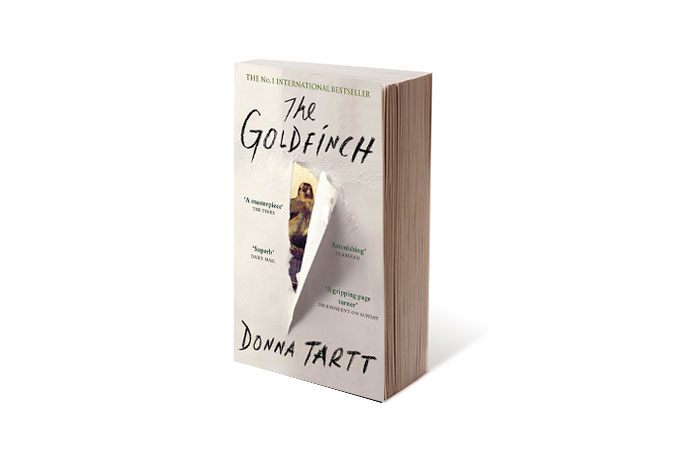
This gripping tale of New York’s underground art scene follows an orphaned 13-year-old boy in the wake of his artist mother’s death. Taken in by a wealthy family, the trajectory of his life is forever altered by the possession of a famous painting that he takes from the scene of his mother’s death. Despite winning the Pulitzer Prize in 2014, this novel sparked a load of controversy. Critics couldn’t decide if it’s a thriller or a comedy, if it’s touching or maudlin, or even if it’s better classified as children’s literature. Whatever it is, it will keep you up all night, reading “just one more page” after another.
Ducks, Newburyport by Lucy Ellman

A thousand pages delivered in one long, unbroken sentence — right out of the gate, this 2019 novel demands a lot of the reader. Compared to James Joyce’s Ulysses, the novel is the stream of consciousness of an unnamed housewife as she muses on everything from global politics and cultural breakdown to mundane matters of housekeeping. Challenging and mesmerizing in equal measure, thick with humorous wordplay and apocalyptic rants, the novel serves up an indictment of the barbarous nature of life in America today.
Kristin Lavransdatter trilogy by Sigrid Undset
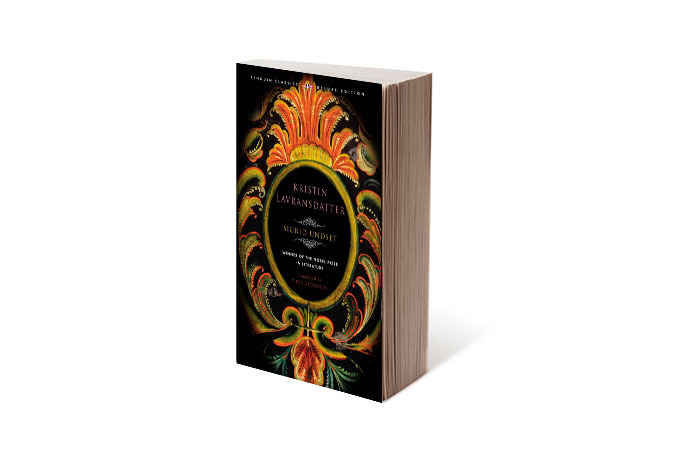
Written in the 1920s, this cult favorite is far from obscure. The author won a Nobel Prize for her epic trilogy depicting Scandinavian life during the Middle Ages. At the time of its publication, the trilogy made waves for its explicit characterization of sex (especially women’s sexuality), for refusing to sugarcoat the harsh realities of life during the Middle Ages, and for treating controversial situations without a moralistic slant, as readers typically expected from female novelists. Instead, the story reverses the trend of depicting the “fallen woman’s” life as a downward spiral of grief and shame. The protagonist makes choices with a sense of empowerment and lives a rich, full life while accepting their consequences, good and bad. Early translations from Norwegian are a bit clunky, so look for the 2005 translation by Tiina Nunnally if you want to get the full impact of Undset’s prose.
The Broken Earth trilogy by N. K. Jemisin
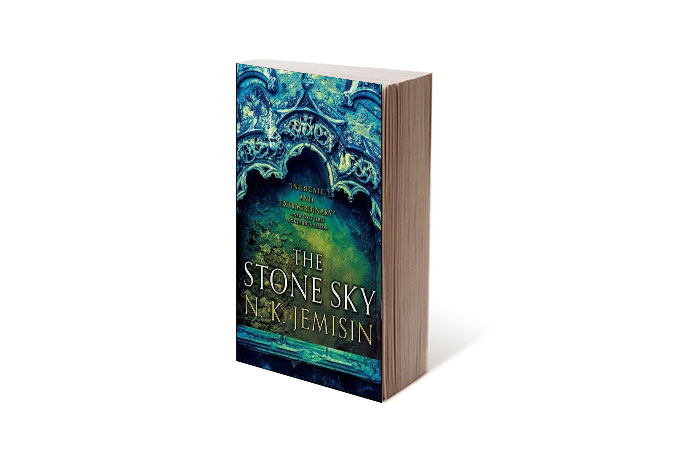
This series has been compared to Lord of the Rings for complexity of story and richness of language and setting. Set on a new supercontinent in Earth’s distant future, the story deals with how the planet’s surviving communities band together to outlast a recurring series of natural disasters and rebuild civilization, over and over again. It’s a fantasy series constructed around the forces of geology, and while its frequent jumps in narrator perspective can be challenging, they also keep you directly in the protagonists’ shoes, so you can never look away. Unlike her fantasy forbears, Jemisin creates a world full of moral nuance, forcing her reader to grapple with the tension between individual and collective survival.
100 Years of Solitude by Gabriel Garcia-Marquez
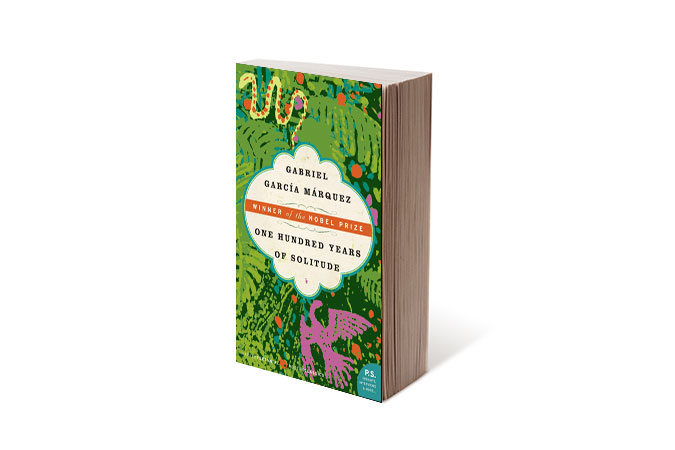
This 1967 novel is a fixture on “best of” lists around the world, thanks to how it more or less defined the “magical realism” genre and put Latin American literature on the map. The novel is centered upon the Buendía family, whose adventurous lives mirror the mythology that helps define the national identity of Marquez’s native Colombia. As they live through one tumultuous historical event after another (the introduction of the automobile, the government massacre of unionized workers), family members are repeatedly visited by ghosts who represent the inescapable consequences of personal and national history. Seductively beautiful and ripe with symbolism, Marquez’s novel shows how progressive ideology can ultimately sustain the effect of dependence and oppression when people fail to reckon with the harsh lessons of the past.
East of Eden by John Steinbeck
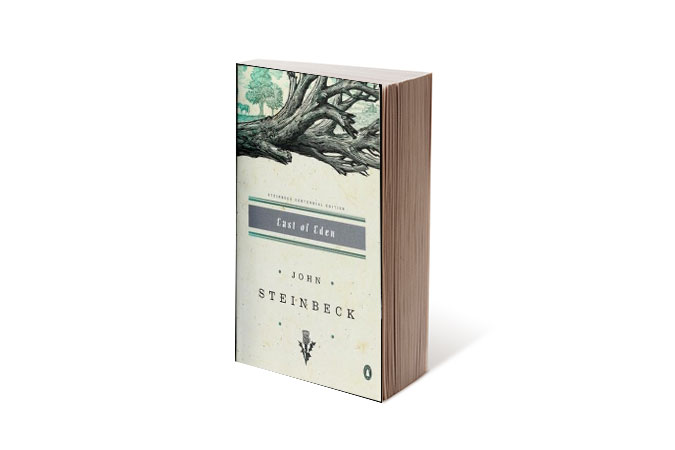
What started as Steinbeck’s attempt to preserve the sense-memory of the Salinas Valley for his young sons became what he considered his greatest life work — he said everything he’d written previously was just practice for writing East of Eden. Like so many of Steinbeck’s works, the story centers upon two hardworking families in the farm country of Central California, showing how fate and flawed human nature dealt with their dreams, culminating in a finale that is somehow both tragic and transcendent. Critics at the time hated East of Eden for its graphic sex and violence, unsympathetic characters, inconsistent narrator, and unrestrained moral perspective. Audiences, however, loved it and still do. It was an instant bestseller in 1952 and even today, 50,000 copies of the novel are sold each year.
We, The Drowned by Carsten Jensen
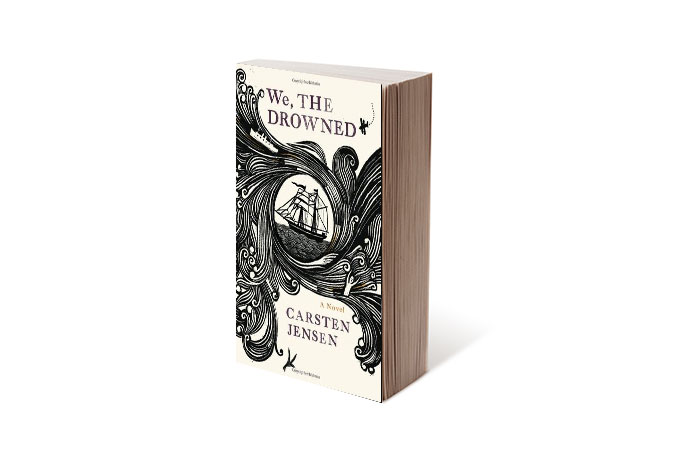
This international bestseller has drawn comparisons to the work of Steinbeck, Melville, even Homer. It combines multiple archetypes: part war novel, part seafaring yarn, part quest story. (Multiple quests, in fact.) The omniscient narrator jumps from one perspective to another, offering a holistic picture of how the individuals in a small maritime community are impacted by the industry that gives life and takes it from them. Oh, and there’s also a pair of magical boots. Sad, violent, and surprisingly funny, We, The Drowned is a deep dive into the generational impact of war, the sea, and a father’s legacy.
Remembrance of Things Past by Marcel Proust
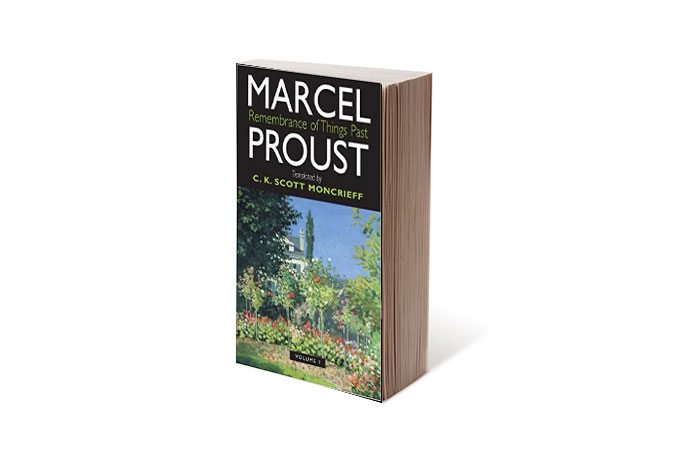
An icon of world literature, Proust’s masterwork clocks in at over 4,000 pages and encompasses seven volumes. The novel follows the narrator’s memories of growing up during the late 19th century and early 20th century in France, his recollections serving to illustrate the fleeting nature of time. Flashbacks and personal introspection are interspersed with philosophy and frequently melancholic reflections. The novel was historic in breaking from the tradition of plot-driven literature to instead explore the perspectives and interior life of its many characters. (It’s no coincidence that Proust was writing at the same time as Sigmund Freud.)
Editors' Recommendations
- The 12 best small cigars I’ve tried and tested in 2024
- These are the best Maduro cigars I’ve tried and tested in 2024
- Cigar expert recommends: The 10 best cigars for beginners
- The 8 best cigars for golfing, recommended by a cigar expert
- The 10 best inspirational books that can change your life


